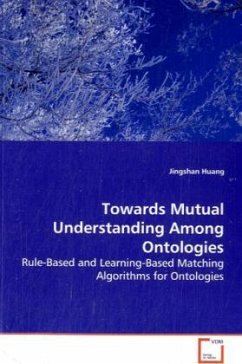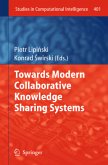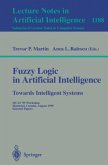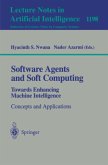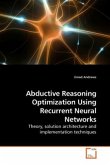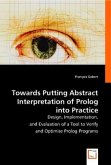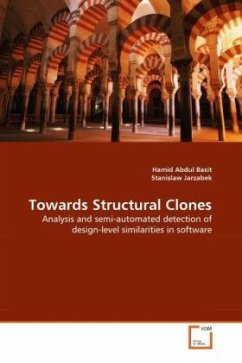Ontologies are formal, declarative knowledge
representation models, forming a semantic foundation
for many domains. As the Semantic Web gains attention
as the next generation of the Web, ontologies'
importance increases accordingly. Different
ontologies are heterogeneous, which can lead to
misunderstandings, so there is a need for them to be
related. The suggested approaches can be categorized
as either rule-based or learning-based. The former
works on ontology schemas, and the latter considers
both schemas and instances.
This book makes 6 assumptions to bound the matching
problem, then presents 3 systems towards the mutual
reconciliation of concepts from different ontologies:
(1) the Puzzle system belongs to the rule-based
approach; (2) the SOCCER (Similar Ontology Concept
ClustERing) system is mostly a learning-based
solution, integrated with some rule-based techniques;
and (3) the Compatibility Vector system, although not
an ontology-matching algorithm by itself, instead is
a means of measuring and maintaining ontology
compatibility, which helps in the mutual
understanding of ontologies and determines the
compatibility of services (or agents) associated with
these ontologies.
representation models, forming a semantic foundation
for many domains. As the Semantic Web gains attention
as the next generation of the Web, ontologies'
importance increases accordingly. Different
ontologies are heterogeneous, which can lead to
misunderstandings, so there is a need for them to be
related. The suggested approaches can be categorized
as either rule-based or learning-based. The former
works on ontology schemas, and the latter considers
both schemas and instances.
This book makes 6 assumptions to bound the matching
problem, then presents 3 systems towards the mutual
reconciliation of concepts from different ontologies:
(1) the Puzzle system belongs to the rule-based
approach; (2) the SOCCER (Similar Ontology Concept
ClustERing) system is mostly a learning-based
solution, integrated with some rule-based techniques;
and (3) the Compatibility Vector system, although not
an ontology-matching algorithm by itself, instead is
a means of measuring and maintaining ontology
compatibility, which helps in the mutual
understanding of ontologies and determines the
compatibility of services (or agents) associated with
these ontologies.

